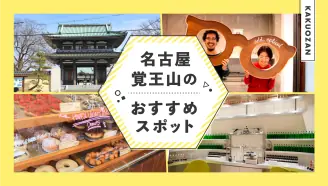[Nagoya, Arimatsu] “marimomen” Brings a New Twist to Japan’s World-famous “Arimatsu Narumi Shibori (tye-dyeing)”
![[Nagoya, Arimatsu] “marimomen” Brings a New Twist to Japan’s World-famous “Arimatsu Narumi Shibori (tye-dyeing)”](https://life-designs.jp/wp/wp-content/uploads/2019/06/6D4A8763.jpg)
Table of Contents
" Mari-momen "is an Arimatsu Narumi shibori (tye-dyeing) brand created by Mari Muraguchi (left photo) and Yu Ito (right photo), who were classmates at Nagoya University of Arts. Unlike the traditional image of Arimatsu Narumi shibori, it is very popular among women because of its lovely patterns such as floral patterns and polka dots, and its colorful colors.
With the motto of "tradition is not to be appreciated but to be used continuously," Mari-momen uses unprecedented freedom of color and ideas to create products that are close to our daily lives. While preserving tradition, the two members of Mari-momen continue to take on new challenges. In this issue, we will introduce the charm of Mari-momen, including the background of the establishment of the company and its products, as well as a rare glimpse of the work in progress.

marimomen is located a few minutes walk from Meitetsu Arimatsu Station.
First, I will briefly explain about Arimatsu Narumi Shibori.
Arimatsu Narumi Shibori is a tie-dye that is produced mainly in the Arimatsu and Narumi areas of Midori Ward, Nagoya City. Boasting a history of over 400 years, it has been designated as a national traditional craft. There are more than 100 techniques, and various patterns are expressed by applying the three actions of "sewing", "binding" and "pinching".

-Thank you for your time today! First of all, could you tell us about your background?
Ms. Ito: "We were originally enrolled in the textile course at Nagoya University of Arts. It was in our third year of college that we first encountered Arimatsu Narumi shibori. I first came into contact with Arimatsu Narumi shibori as part of a class project involving collaboration with local industry.
At that time, Mr. Takeyuki Wakabayashi, the representative of the Kyoto-based kimono brand "SOU・SOU," visited us as a lecturer. Mr. Wakabayashi liked our fabrics so much that he asked us if we would like to commercialize them. We were allowed to display our products at SOU・SOU while we were still in school, and we opened our store in May of the year we graduated."

-What was the point that SOU・SOU liked your work?
Ms. Ito: "The Arimatsu-Narumi shibori that people often imagine has an austere impression, with uneven patterns and dyed with indigo. In such a situation, we used the "itajime-shibori" technique to produce shibori that is different from the conventional image, with no unevenness and lots of colors.
I think the fact that we combined traditional techniques with a sense of color, and dyed itajime shibori with free ideas and patterns, was recognized as an unprecedented image of Arimatsu Narumi shibori."

-What are the characteristics of marimomen?
Ms. Ito: "The major feature of Mari-momen is that it specializes in 'Itajime Shibori'. Itajime Shibori allows you to create a continuous pattern by folding the fabric into a folding screen and dyeing it. Instead of the dyes used in traditional shibori, we use highly pigmented dyes to create colorful and pop-colored shibori. ”

-What kind of technique is itajime shibori?
Ms. Muraguchi: “Actually, Arimatsu Narumi shibori has more than 100 techniques. Compared to other techniques, the “Itajime Shibori” technique that we use is easier to produce, and was used to make diapers for babies in the past. It creates a bold and modern impression, so it goes well with pop colors.
It is also a technique that makes it difficult to create the same pattern because the way the pattern blurs and the shape of the pattern changes slightly depending on the dyeing process. I think the charm of this technique is that each piece has a different expression, even with the same pattern, so I hope you will enjoy it as well."
![[Nagoya, Arimatsu] “marimomen” Brings a New Twist to Japan’s World-famous “Arimatsu Narumi Shibori (tye-dyeing)”| Interview in Midori Ward, Nagoya > Interview | Life Designs | Traveling and Living in Nagoya, Aichi, Gifu and Mie](https://life-designs.jp/wp/wp-content/themes/wp-templ/assets/img/common/logo.svg)





![[Nagoya, Arimatsu] “marimomen” Brings a New Twist to Japan’s World-famous “Arimatsu Narumi Shibori (tye-dyeing)”](https://life-designs.jp/wp/wp-content/uploads/2019/06/6D4A8763-300x200.jpg)

![[Midori-ku, Nagoya] "bb.q Olive Chicken Cafe", a Very Popular Korean Chicken Restaurant!](https://life-designs.jp/wp/wp-content/uploads/2022/04/068faf64ff15c9a7a524064d43fb938d-1024x820.jpg)

![[Aichi/Nagoya City] 35 recommended custom house companies and construction companies](https://life-designs.jp/wp/wp-content/uploads/2022/05/iStock-1190166068-1024x683.jpg)


![[Indoor Facilities] Where to Go on Rainy Days in Tokai Area! For Family Outings!](https://life-designs.jp/wp/wp-content/uploads/2023/07/FotoJet-23.jpg)





![[Tokai Area] Place to Go on Rainy Days!](https://life-designs.jp/wp/wp-content/uploads/2022/03/f76405aaa33944a4ba88a131fbc56523-768x435.png)
![[Special Feature] Enjoy Outdoor Activities!](https://life-designs.jp/wp/wp-content/uploads/2019/12/LD_banner_w1920x1088_outdoor-1-768x435.jpg)
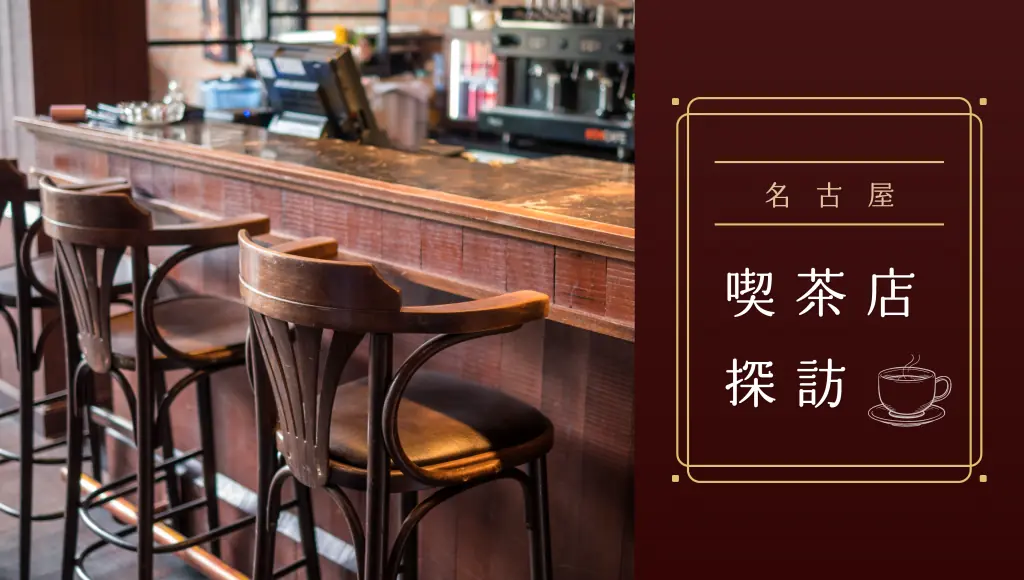

![[Special Feature] Enjoy Your Day at a Park!](https://life-designs.jp/wp/wp-content/uploads/2019/12/LD_banner_w1920x1088_park-1-1024x580.jpg)
![[Ghibli Park] Beginner's Guide](https://life-designs.jp/wp/wp-content/uploads/2023/07/ghiblipark_w1920h1088_20240422-1024x580.png)































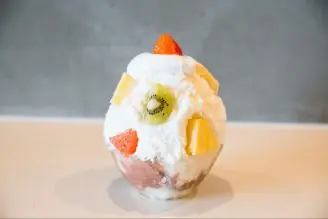







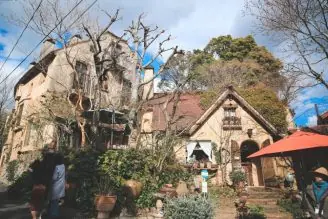



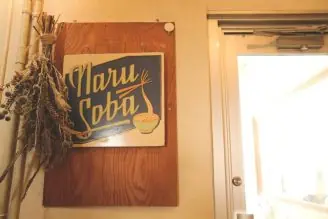



![[Indoor Facilities] Where to Go on Rainy Days in Tokai Area! For Family Outings!](https://life-designs.jp/wp/wp-content/uploads/2023/07/FotoJet-23-1024x768.jpg)
![Onigiri is hot right now! Summary of Osu's Onigiri Specialty Shops [5 selections].](https://life-designs.jp/wp/wp-content/uploads/2023/11/onigiri-1024x768.jpg)
![[9 Selections] Summary of Retro Coffee Shops in Nagoya](https://life-designs.jp/wp/wp-content/uploads/2021/11/image1-30-1024x683.jpg)
![[Within 2hrs by Car] 12 Outing Areas where You can Go on a Day Trip from Nagoya!](https://life-designs.jp/wp/wp-content/uploads/2023/07/odekake12_w1200h900_20240422-768x576.png)

![[Aichi, Gifu, Mie] 30 Family-Friendly Spots to Go in Winter!](https://life-designs.jp/wp/wp-content/uploads/2019/12/image21-1-150x106.png)

